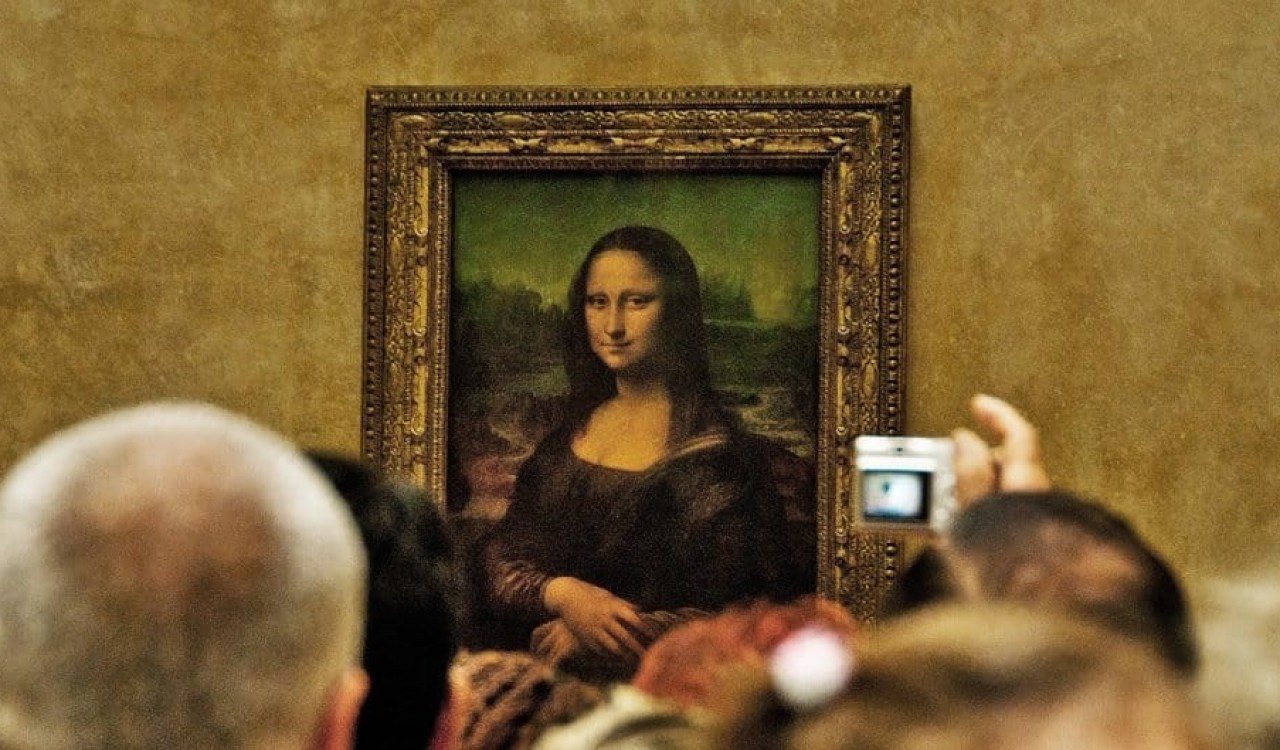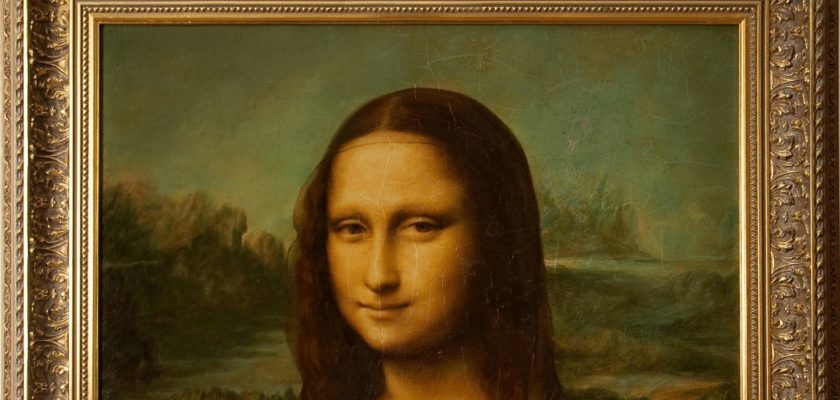Ever gazed at the Mona Lisa and wondered about her secrets? This iconic masterpiece, a symbol of Renaissance brilliance, holds mysteries that continue to intrigue us. Its priceless status and Leonardo da Vinci’s extraordinary skill make it a centerpiece of art history. If you want to know more about this superb work of art, here are the 7 most interesting facts about it.
A Secret Pregnancy?
Among the many mysteries that this painting offers are those around whether the Mona Lisa was pregnant. Experts believe that the hands demurely folded over her stomach actually hide a baby bump from viewers. This theory ties in with the Mona Lisa being Lisa del Giocondo as she would have been pregnant with her second child when the picture was produced. There have also been images of a guarnello revealed underneath the main portrait by infrared scans. This is a piece of clothing only work by pregnant women in the relevant period in Italy.
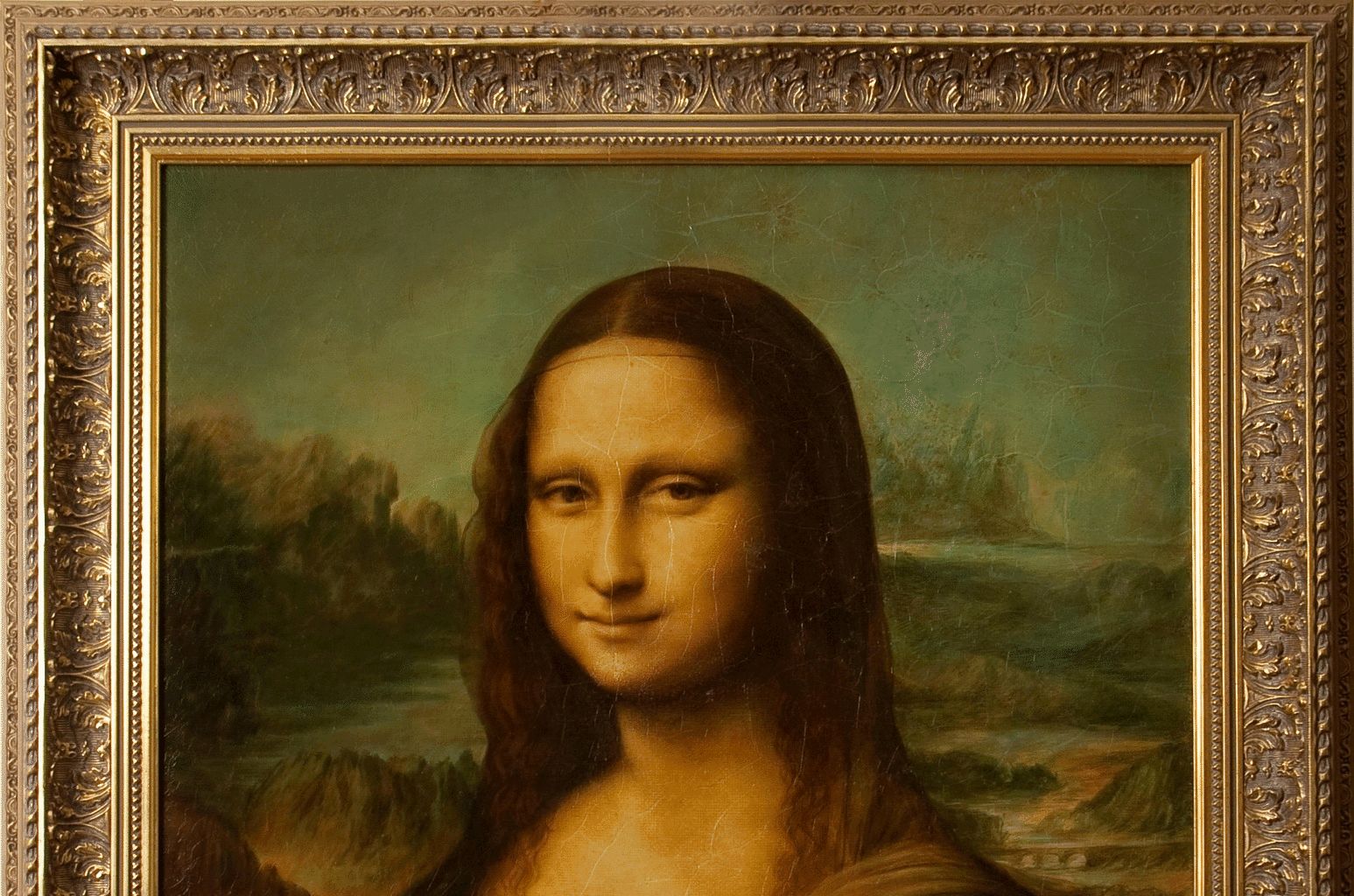
Identity of Mona Lisa Unknown
As noted above, the first big mystery for this painting is the true identity of the woman shown in the portrait. Just who was the real Mona Lisa? Many historians believe that she is Italian noblewoman Lisa del Giocondo who was born in 1479. Giocondo was married to a wealthy merchant when alive and many think he commissioned Da Vinci to paint her likeness. There are other names that have been suggested though! Catarina Sforza has been earmarked as the real Mona Lisa and some say that it is one of Giuliano de Medici’s mistresses! For a truly out there idea, some say that it is an embellished self-portrait of Da Vinci himself.
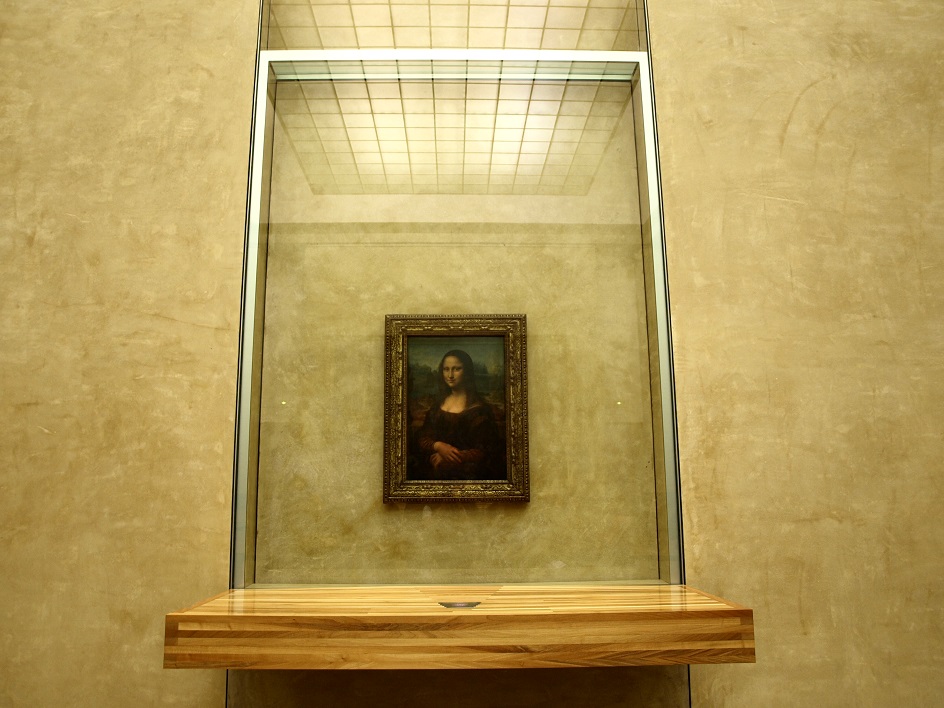
The Smile
Perhaps the best-known aspect of this work, any who has seen it knows the alluring yet enigmatic expression on Mona Lisa’s face. The big question for many is: What is she smiling about and is it a happy smile? The reason behind her expression is not really known and something that may never be confirmed. Recent research has looked into whether her smile is actually a happy one though. Dutch researchers’ developed a computer program in 2005 that suggested it was indeed a happy smile. The curious thing is though that people report the expression looking different from different viewing angles.
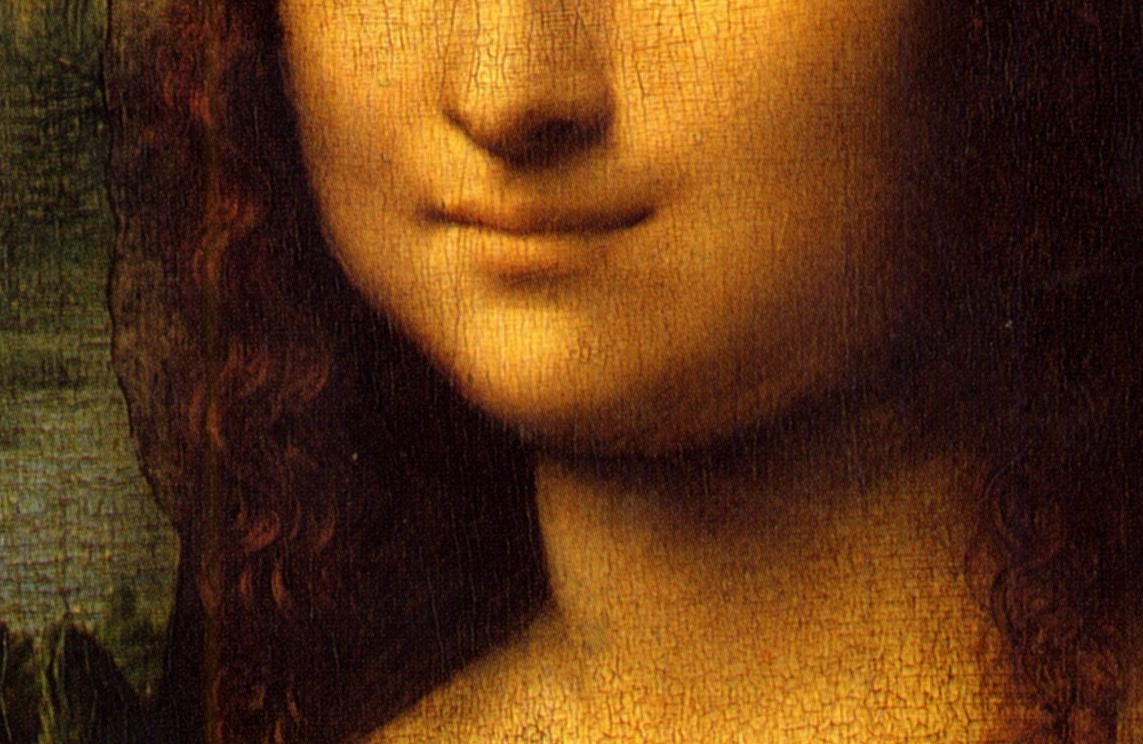
Stolen – But Why?
In 1911, the Mona Lisa was stolen from the Louvre by Italian employee Vincenzo Perugia. The official reason given by Perugia was that he believed the painting belonged in Italy which is where Da Vinci was from. Perugia thought that Napoleon Bonaparte had stolen it when rampaging through Italy and that it should be back home instead. Many think that this is not the true reason though! Some suggest that the Louvre itself may have paid Perugia to carry out the theft to gain more publicity for the painting. Others think that it was stolen to make copies of and then sell to greedy private art lovers.
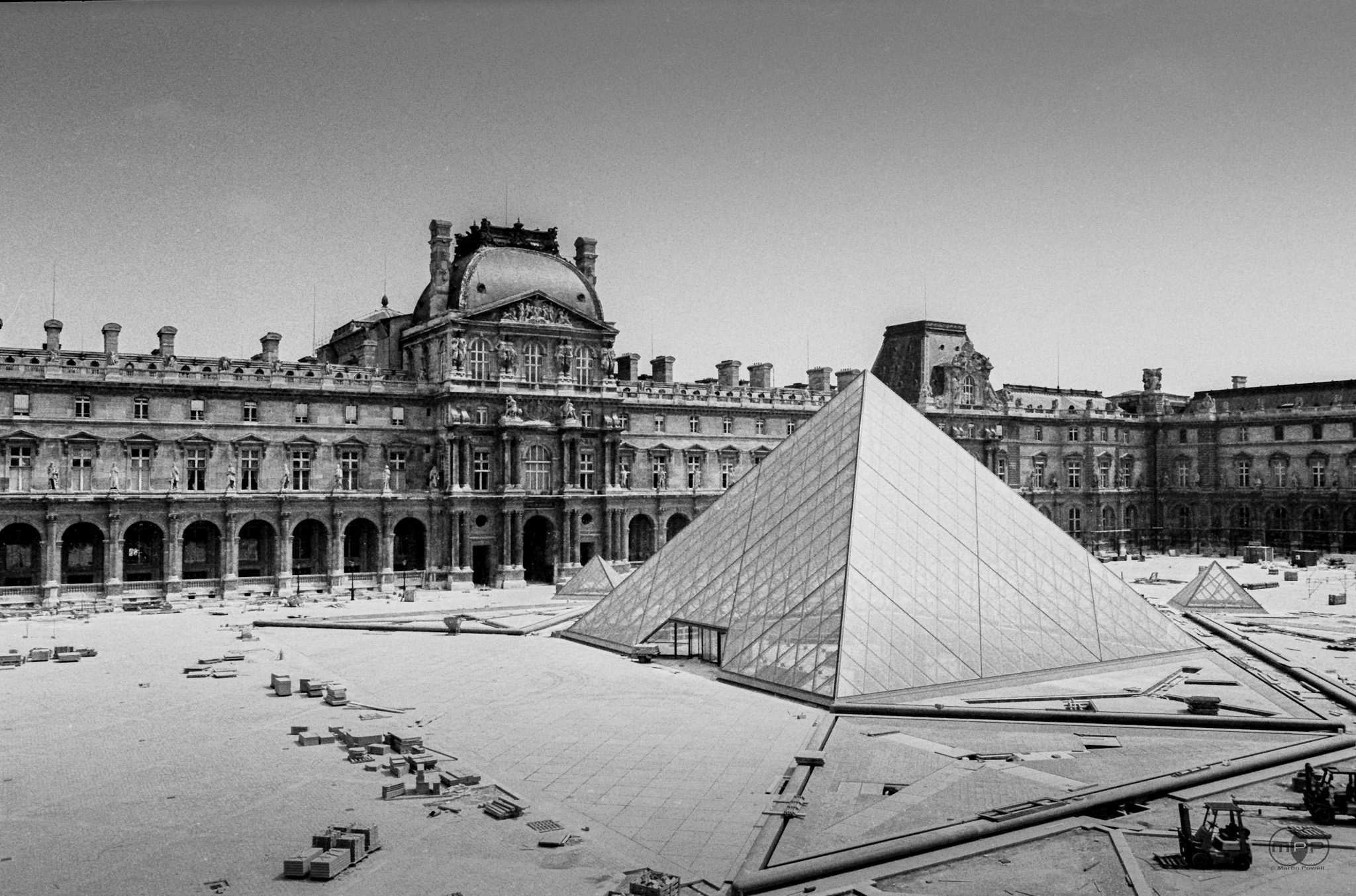
Hidden Paintings Underneath
When you look at the Mona Lisa, you think that you are seeing everything. After all, if anything else were there you would notice it. However, this is not the case! In 2006, Canadian scientists used special laser imaging techniques to show hidden sketches underneath the main portrait. This included seemingly preparatory work from Da Vinci on the position of the Mona Lisa’s hands and where the blanket on her knee sat.
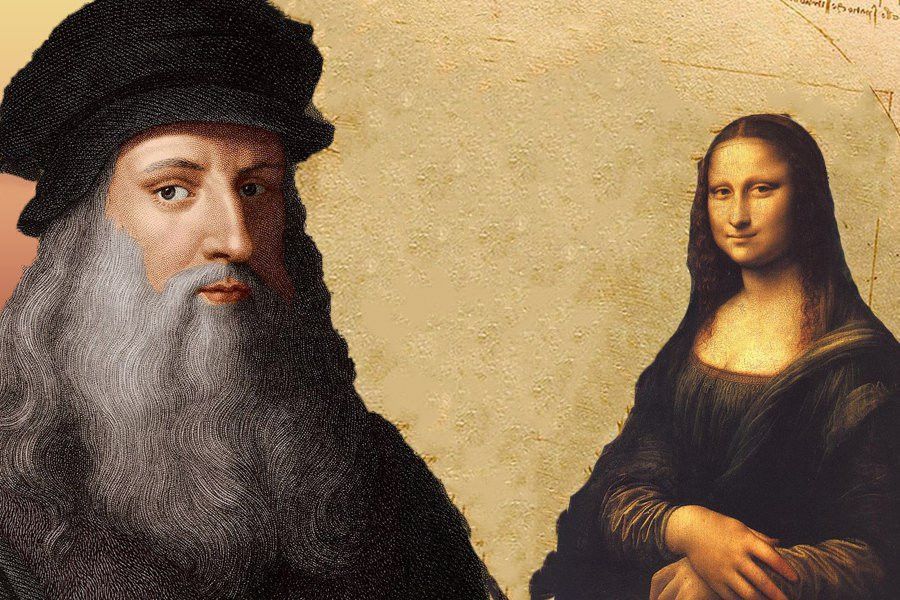
Is The Golden Ratio At Work?
Da Vinci was obsessed with a principle known as the ‘Golden Ratio’. This was a mathematical proposition that set out the most pleasing proportions of objects or features to the human eye. First found in nature, Renaissance artists then began using this ratio to give their pictures added beauty. It has been found that this ratio may be at work in the Mona Lisa which is why it has such an allure and sense of elegance to the human eye.
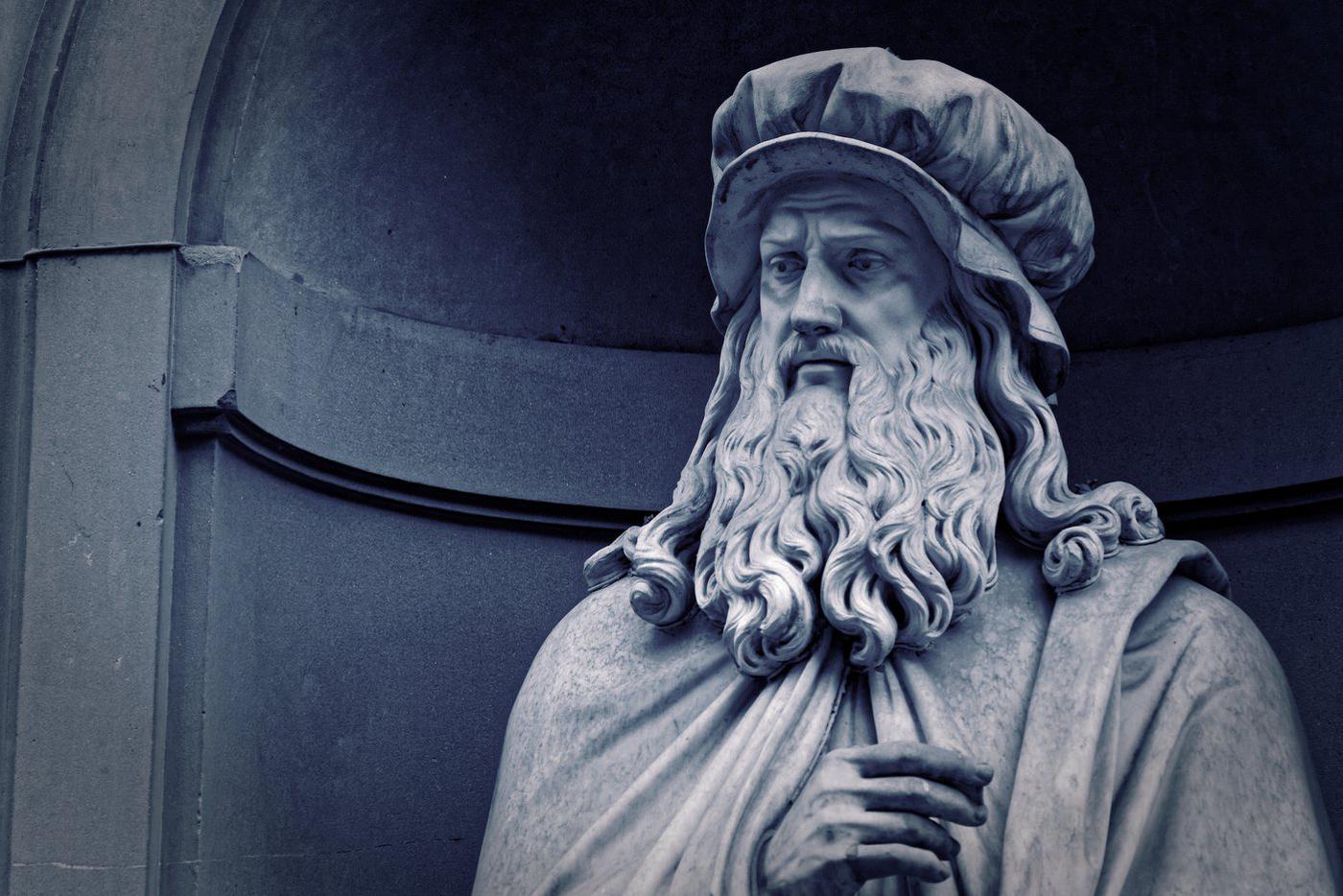
Secret Codes
As anyone who has seen ‘The Da Vinci Code’ knows, old Leonardo was quite big into his secret codes and messages. Many believe him to have been involved in secret societies like the Illuminati for example which use secret messages extensively to operate. All this is somewhat backed up by the presence of hidden letters and numbers in the Mona Lisa. In one of her eyes for example are the letters ‘LV’ which many think refer to Da Vinci himself. There are however other figures and letters painted onto the picture in a way that the naked eye cannot see.
